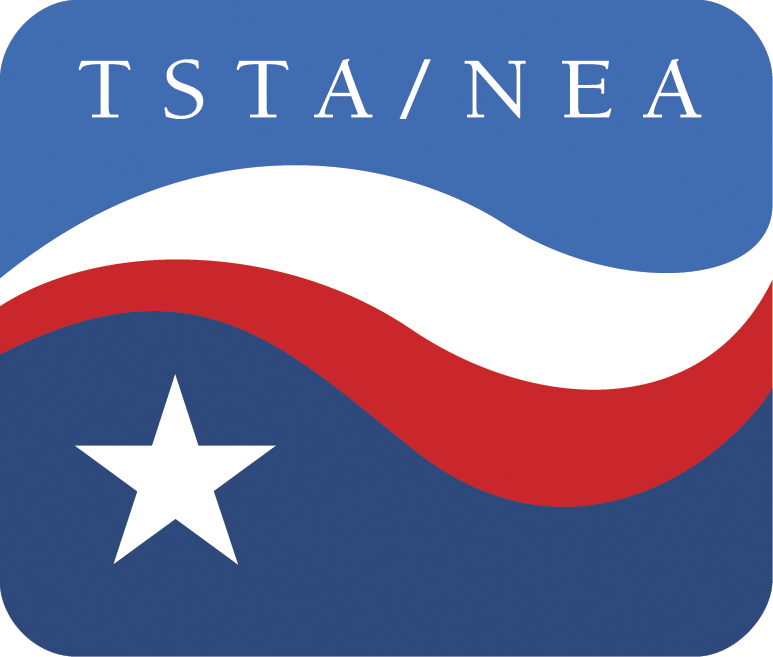Mark White, Craddick on 221
Happy New Year, everyone, a sincere greeting even in the face of a legislative session to which hardly anyone (except maybe some Tea Partiers) looks forward. And, ugh, it begins next week.
In reviewing the news clips of the past two weeks, I noticed that former Gov. Mark White has made some very strong arguments for retaining the 221 classsize limit for kindergarten through fourth grade, an important educational reform under attack by school superintendents and the state leadership as a shortsighted means of addressing the state’s revenue shortfall.
In another news item, even former House Speaker Tom Craddick, RMidland, who can slash and burn budgets without blinking an eye, acknowledged the 221 limit has been on the books since 1984 because it works. It improves the learning climate for the state’s youngest students.
Shortly before the holidays, state Comptroller Susan Combs recommended that the 221 limit be replaced with a 22student average, a move that in the short term could save money. But it would be at the expense of thousands of teachers’ jobs and, in the long run, cost taxpayers more in higher dropout rates, a more poorly prepared work force and the higher social and criminal justice costs associated with them.
White, the son of a public school teacher, was governor when the 221 limit was imposed as part of the farreaching House Bill 72 educational reforms in 1984. He and Rep. Scott Hochberg, DHouston, also a strong supporter of 221, were interviewed by Margaret Downing, who wrote an excellent article in the Houston Press (first link below).
Research has shown that smaller classes improve the learning environment, the article points out. It also notes that districts already can request and receive waivers from the state when 221 becomes too heavy a financial burden.
Hochberg said there are other ways to save money in the public schools, including the use of more electronic textbooks and cutting back on state standardized testing. Students who pass could be tested less frequently, he suggested.
White pointed out that there is, indeed, a significant difference between an actual limit on class sizes and merely an average. That’s because some K4 classes, including those for special education students, are considerably smaller than 22. Figuring them into a 221 average would enable superintendents to pack many more students into other classes. He cited his mother’s experience as a firstgrade teacher in the late ‘60s and early ‘70s. The law then allowed a class average of 28 students, but White has a photo showing 34 students in his mother’s class.
That is what parents worry about, including one who was featured recently in a news report by CBS 7 News in Midland (see second link below). The larger the classes for the youngest students, the more teachers will be forced to baby sit, instead of teach, they fear. In the same TV report, Craddick acknowledged the 221 limit has worked.
“I think our scores are going up, and students are getting more attention,” he is quoted. “I don’t want to go backwards but forwards in education.”
The former speaker said he will keep a close eye on the issue but didn’t commit himself.
Meanwhile, several newspapers, including the Houston Chronicle and today’s Austin AmericanStatesman, have published an op ed article by TSTA President Rita Haecker, warning against lifting the 221 cap and otherwise eroding educational quality under the guise of “local control.” The relaxing of state mandates by the Legislature – in lieu of adequately funding public education – would enable lawmakers to pass the blame for educational failures to local school officials, Haecker points out. Her article is the third link below.
http://www.houstonpress.com/20101230/news/thewhippingboy/
http://cbs7.com/news/details.asp?ID=23158
http://www.statesman.com/opinion/haeckerdontletstatebudgetwoesundermineeducation1159113.html

0 Comments